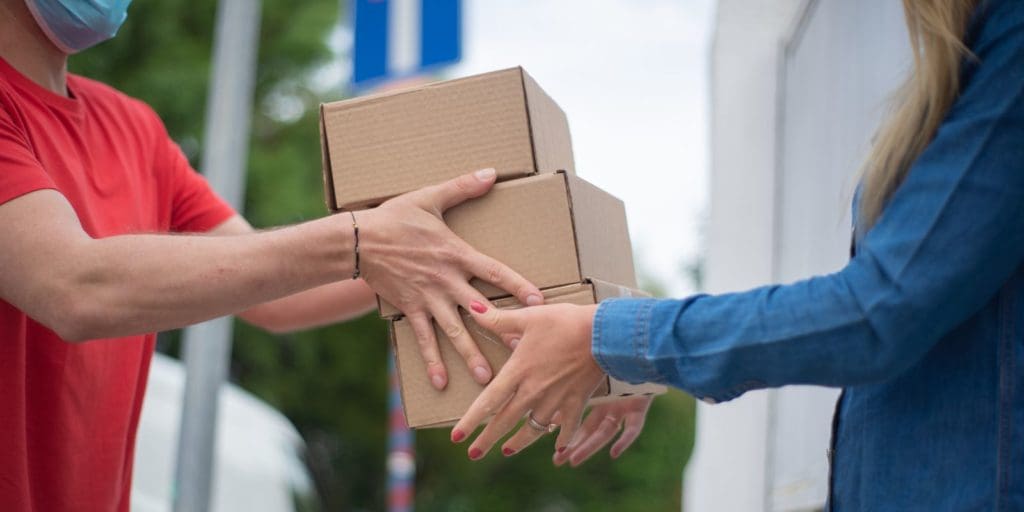As their name implies, dangerous goods are unsafe. Even more unsafe is transporting them across countries’ boundaries; anything could happen. Over 1.25 million hazardous goods move yearly by air alone. When the numbers from other means of transportation (such as sea, road, and inland waterway) come into play, the results are staggering. Therefore, following international safety regulations to the letter is paramount to prevent accidents when transporting these goods.
What Are Dangerous Goods?
If you are sending dangerous goods through international courier services, you are responsible for packaging, classifying, and labeling them. Dangerous goods are divided into several classes, which determine how you package and transport them. The packaging rules vary according to the type of goods you’re transporting. Also, the rules are less strict for smaller quantities of certain hazardous goods. Below are the nine classes of dangerous goods according to the United Nations (UN):
- Class 1 – Explosives
- Class 2 – Gases
- Class 3 – Flammable liquids
- Class 4 – Flammable solids; substances susceptible to spontaneous combustion; substances that emit flammable gases when they come in contact with water
- Class 5 – Oxidizing substances and organic peroxides
- Class 7 – Radioactive material
- Class 8 – Corrosives
- Class 9 – Miscellaneous dangerous substances and articles, including environmentally hazardous substances
Packing Group
It’s not just enough to know the class of the dangerous goods you are transporting; you must know the packing group. These goods receive proper classification into packaging groups to indicate their danger level. You must know the class and packing group of the goods you are transporting to package and label them correctly.
Agreements, directives, and regulations are what govern the shipping industry worldwide. Ensure you understand the class and group of the goods you are shipping to know the rules you must follow.
Safety
Shippers who are experts in this area should be the ones to handle dangerous goods. It is, therefore, imperative that all persons in the supply chain are well-trained. You can have each of them retrained every two years to ensure everything is up to date. Provide up-to-date manuals and information from relevant agencies as well, as this will help sort out hazardous goods efficiently.
Courier Documentation
Fill out and ensure that you always include the document stating the nature of the goods you are shipping. This Dangerous Goods Declaration (DGD) has to strictly adhere to prescribed regulations for your items and shipping method. In addition, you should also include these in the DGD:
- Address and contact details of the shipper and receiver
- Full and proper name of the item in the package
- Emergency contact details
- Quantity (net weight of the item and the total shipment weight)
Always include the UN number on all your packages. This number is a four-digit internationally accepted way of cataloging dangerous items or substances. Also, remember to add the class and group of the goods, describe the handling procedures, and indicate if they are radioactive. Additionally, ensure that the DGD is always visible and attached to the side of the package in a see-through cover.
Packaging and Labelling
Stick to the UN’s specifications standards when designing or constructing the packaging. Also, the packaging must pass certain practical exams and be certified safe by the relevant competent authority.
Regulations require you to label your packaging with proper hazard symbols, warnings, disclaimers, and safety advice. You can use a spectrum of international symbols to show the level of danger your goods pose. Additionally, stick arrow labels on two opposite sides of a package that contains liquid to ensure proper storage.
Final Words
Each country has its unique requirements for dangerous goods. So, ensure that you know the restrictions for each of these to comply with applicable regulations fully. Ensuring that the exterior of your packaging has gone through a decontamination process and that it doesn’t exceed limits is crucial too. Remove non-applicable markings on the container and comply with specific packaging requirements. This way, you should be able to adhere to international regulations on handling dangerous goods to ship them anywhere in the world without a hitch.

